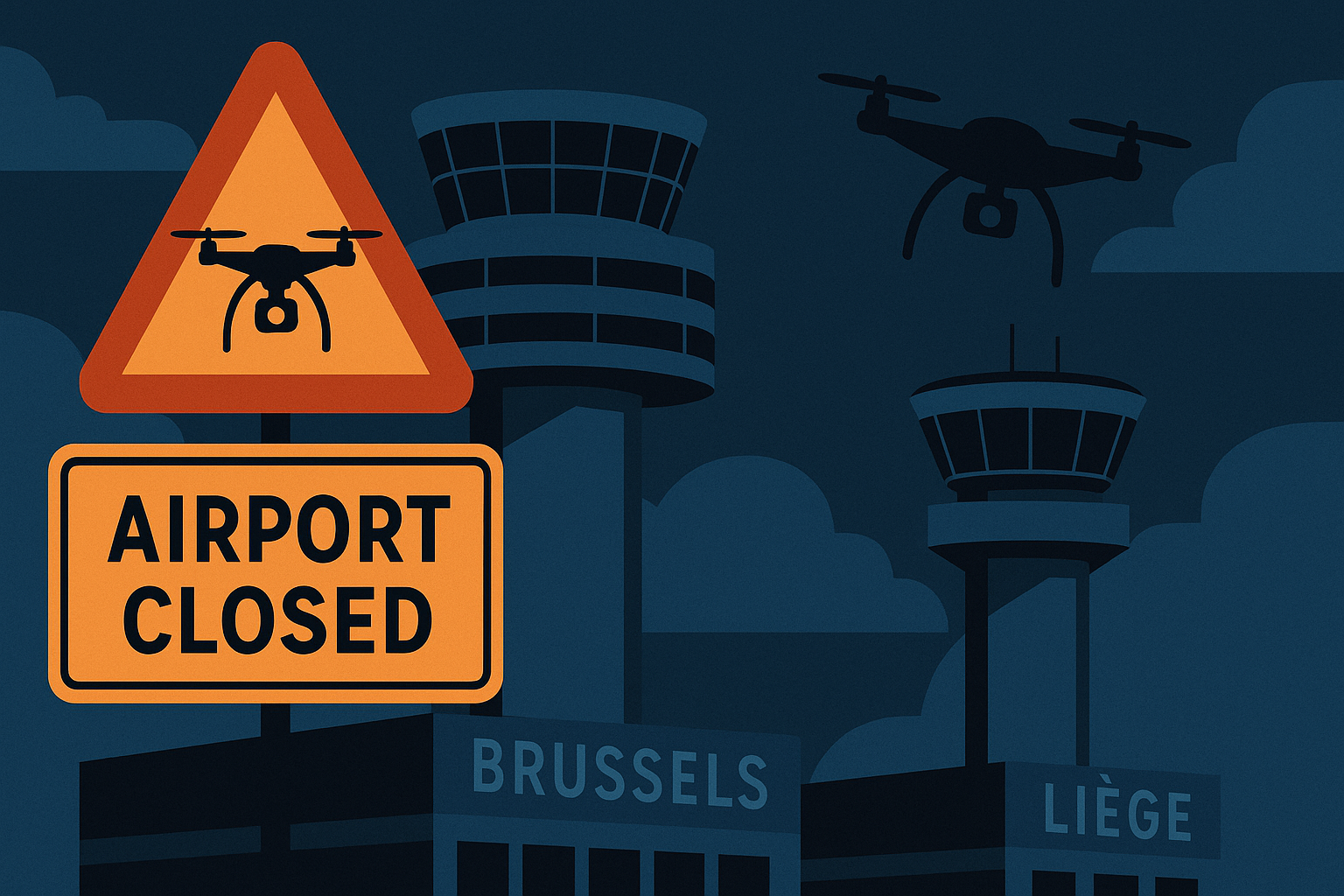Russia has begun deploying jet-powered glide bombs capable of striking targets far beyond Ukraine’s frontlines, marking a new phase in Moscow’s aerial warfare strategy and putting additional pressure on Kyiv’s already overstretched air defences.
Jet-Powered ‘Dumb Bombs’
The weapons — modified versions of Soviet-era KAB bombs — were originally designed as unguided munitions. In recent months, Russia has been fitting them with wings, guidance systems, and now jet engines, turning them into low-cost alternatives to cruise missiles.
According to Vadym Skibitsky, deputy head of Ukraine’s GUR military intelligence, these upgraded bombs can now travel up to 200 kilometres, more than double their previous range of 80 kilometres. The bombs have recently struck targets in Odesa, Mykolayiv, and Poltava, regions that had previously been out of reach for Russian glide munitions.
Unverified images shared by Ukrainian military analysts showed one such bomb equipped with a Chinese-made turbojet engine — available online for about $18,000 — suggesting a relatively inexpensive method of enhancing range and lethality.
A New Threat for Ukraine’s Defences
The emergence of these jet-powered bombs coincides with intensified Russian air attacks targeting civilian and energy infrastructure as winter approaches. Ukrainian experts say the weapons are designed to fill the gap between cheap, short-range glide bombs and costly cruise missiles.
“These bombs are a cheap substitute for cruise missiles,” said Pavlo Narozhny, a Ukrainian military analyst. “They are being used against the same types of targets — energy systems and military facilities.”
Ukraine’s air force recently reported that a jet-powered bomb was launched toward Berestyn, in the Kharkiv region, roughly 125 kilometres from the Russian border. Another similar bomb, identified as a UMPB-5R, struck the railway hub of Lozova, injuring six civilians and damaging multiple buildings.
Range and Design Limitations
Military experts say the addition of a jet engine allows the bombs to glide over greater distances, but at the cost of smaller payloads — typically around 250 kilograms. “The main advantage for Russia is that their aircraft can release these bombs from deeper within Russian-controlled territory, reducing the risk of being shot down,” explained Fabian Hoffmann, a missile specialist at the University of Oslo.
However, Hoffmann noted that the concept itself is not entirely new. “The United States has experimented with similar jet-powered systems, such as the JDAM program, which converts unguided bombs into precision-guided munitions.”
Ukraine’s air force spokesperson Yuriy Ihnat described the bombs’ flight characteristics as “roughly comparable to cruise missiles,” but emphasized that their use is still experimental. “They are testing them in combat conditions,” he said.
Ukraine’s Shrinking Air Defence Capacity
Despite Kyiv’s success in intercepting drones and missiles earlier in the war, interception rates have sharply declined. Data compiled by the Centre for Information Resilience shows that Russian missile interception rates fell from 37% in summer to just 6% in September, while Shahed drone interceptions dropped from 97% in February to 80% in October.
Upgraded Iranian-designed Shahed drones now fly faster and at higher altitudes, further straining Ukraine’s resources. Western-supplied air defence systems like the Patriot remain effective but are costly and limited in number.
President Volodymyr Zelenskyy recently confirmed Ukraine had received additional Patriot systems from Germany, calling for a “multi-layered air defence network” to counter Russia’s evolving arsenal. “We must continue destroying Russian military aviation,” he said.
Economic and Strategic Implications
The shift to jet-powered bombs underscores Russia’s ability to wage a cost-efficient aerial campaign. Analysts note that while Ukraine expends expensive anti-aircraft missiles to defend against these weapons, Russia’s modified munitions remain relatively inexpensive to produce.
“The economy of war isn’t in our favour,” Narozhny admitted. “A single Western missile can cost millions, while Russia can launch hundreds of these modified bombs at a fraction of that price.”
As Russia refines its aerial tactics, Ukraine’s defenders face an increasingly difficult balance — conserving resources while protecting cities, infrastructure, and front-line troops from an evolving and cheaper form of air assault.








